A new digital frontier is taking shape one where artificial intelligence and blockchain converge to create an economy built on intelligence itself. At the heart of this transformation stands OpenLedger, an AI-native blockchain designed from inception to power, verify, and monetize machine intelligence.
OpenLedger isn’t a general-purpose blockchain with AI features bolted on. It’s a purpose-built ecosystem where data, algorithms, and AI agents become liquid, tradable assets. By combining blockchain’s transparency and decentralization with AI’s automation and adaptability, OpenLedger is building the financial backbone of the intelligence economy.
Its mission is simple yet profound to turn AI from a closed corporate system into a global, open, and decentralized marketplace, where every contribution from a dataset to a mode can be owned, valued, and rewarded.
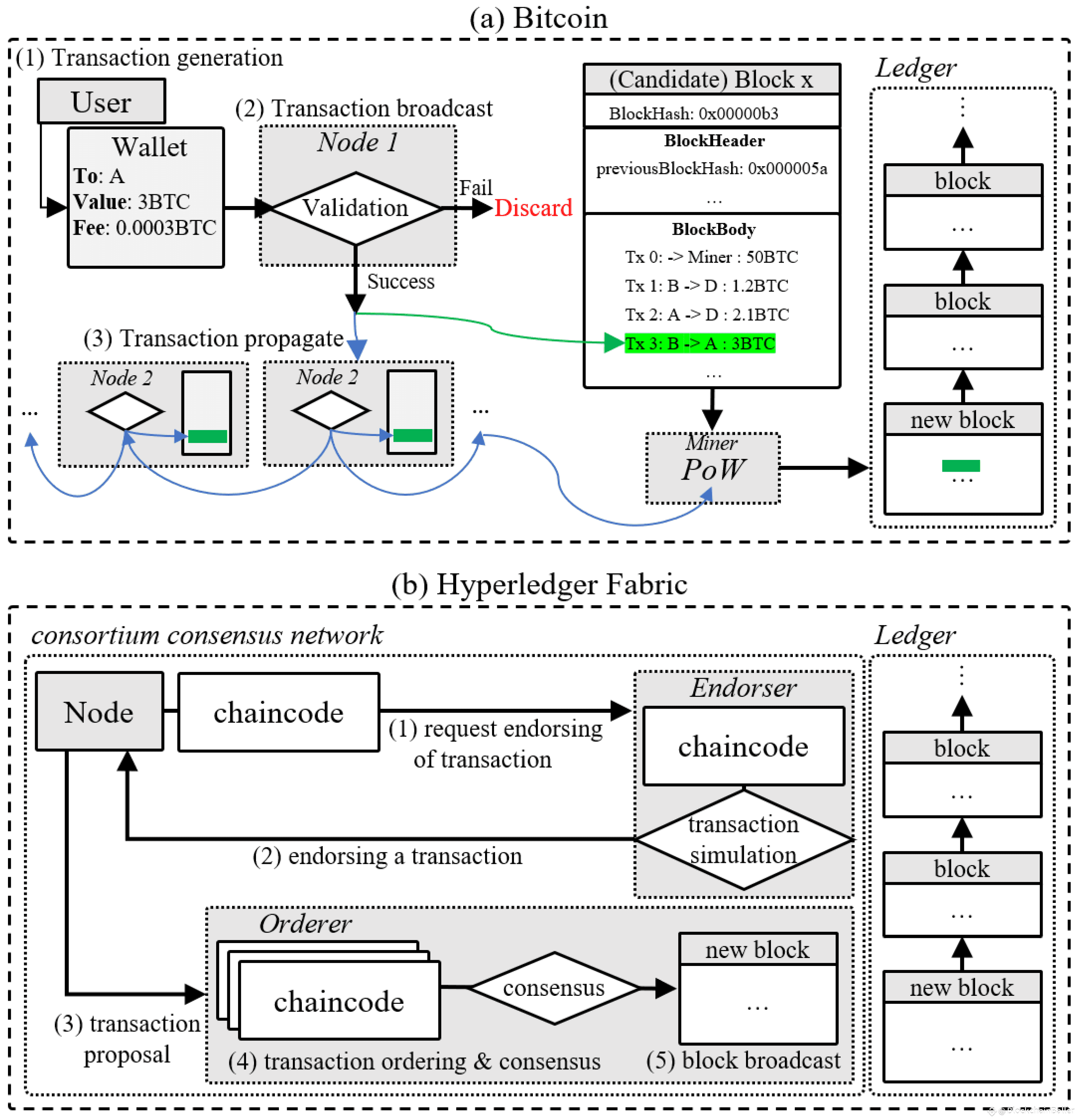
Reimagining How AI and Blockchain Interact
AI is revolutionizing industries across the globe, but the infrastructure that supports it remains tightly controlled by a handful of corporations. These entities own the data, models, and computational power leaving creators and users excluded from the value they help generate.
OpenLedger changes that dynamic entirely. It introduces a transparent and decentralized infrastructure that gives every participant developers, data providers, or machine agents ownership and verifiable reward mechanisms for their work.
The platform connects all layers of AI production data collection, model training, inference, and deployment under one blockchain-secured ecosystem. Every process is trackable, every transaction is auditable, and every contributor can share in the economic upside of the system.
It’s the foundation for a new kind of AI economy one that’s open, collaborative, and equitable.
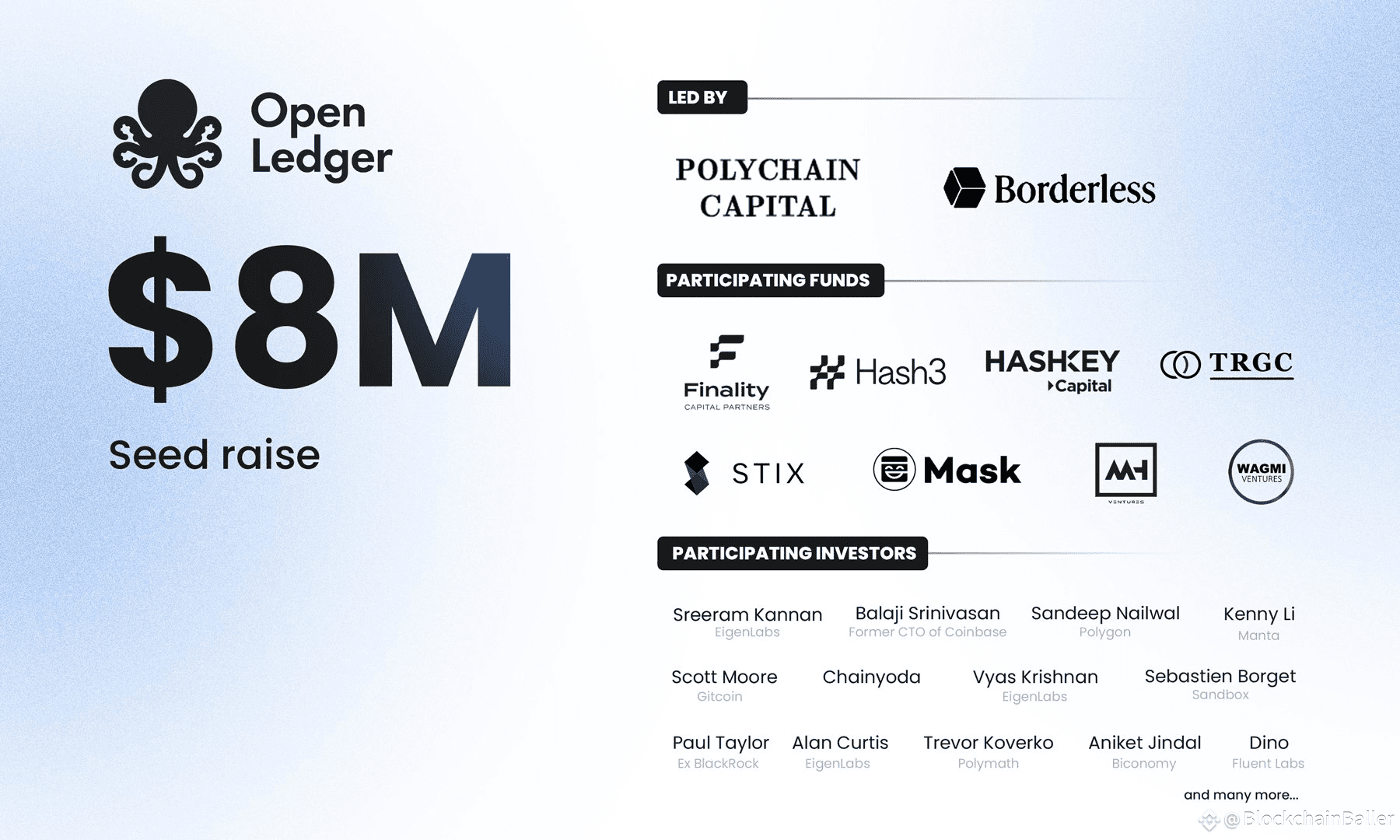
An AI-First Blockchain for a New Kind of Economy
OpenLedger was designed from scratch as an AI-native blockchain, optimized for computation, collaboration, and monetization.
Its architecture integrates every phase of the AI lifecycle directly into the blockchain fabric from data gathering to real-time inference allowing the entire process to occur transparently and securely on-chain.
By using Ethereum standards, OpenLedger ensures seamless compatibility with existing smart contracts, wallets, and Layer 2 networks. This interoperability enables AI builders to deploy within a familiar Web3 environment while benefiting from specialized features tailored for intelligence-driven applications.
In this way, OpenLedger doesn’t compete with the broader crypto ecosystem — it enhances it, adding a new dimension of on-chain intelligence and programmable cognition.
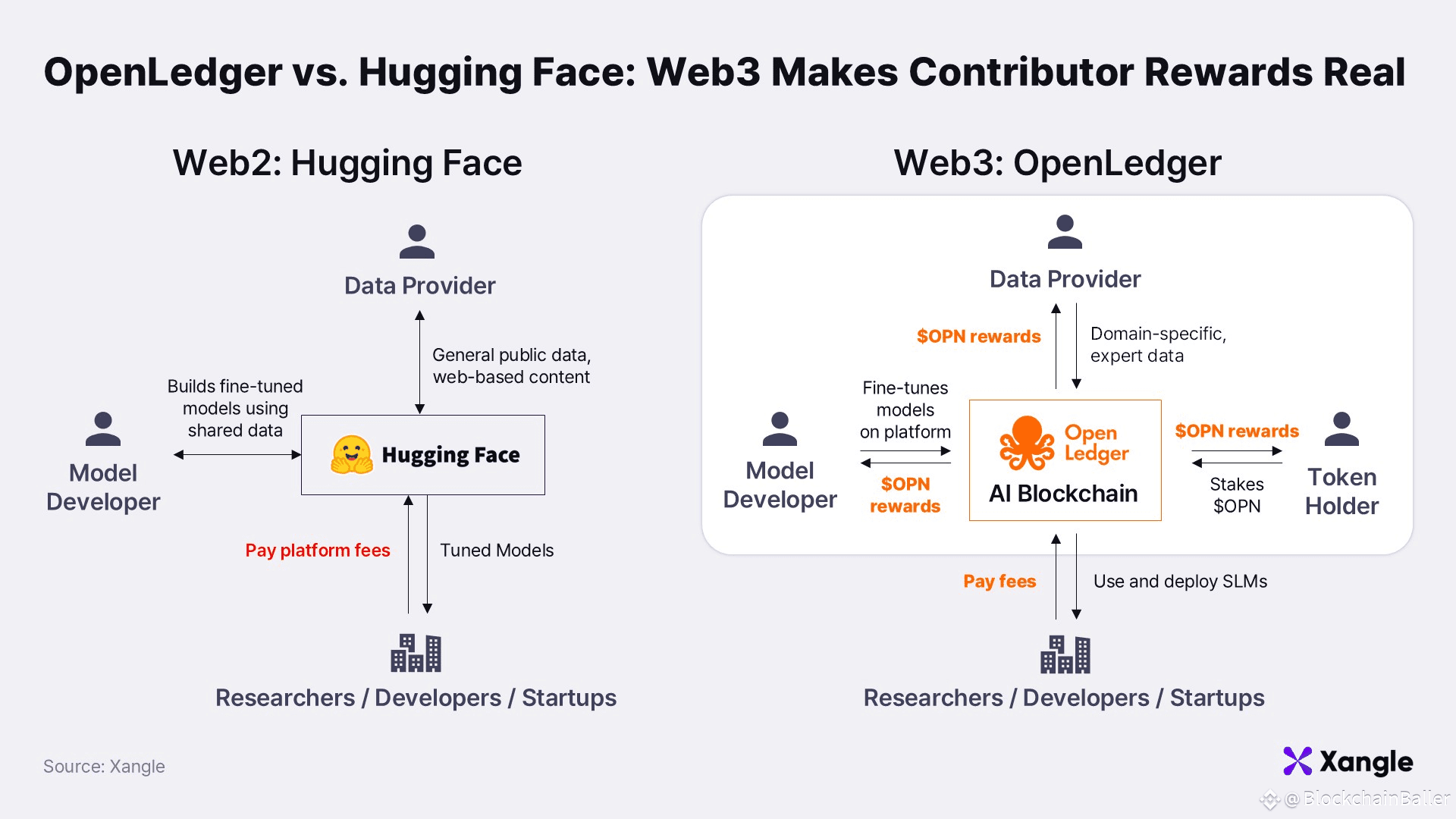
Ownership, Incentives, and Fair Rewards
Traditional AI systems reward only those at the top the corporations that own the infrastructure. OpenLedger rewrites that equation by introducing a tokenized contribution model that rewards every stakeholder involved in the AI creation process.
Data providers can tokenize their datasets, set access permissions through smart contracts, and earn recurring royalties each time their data is used. Developers can publish AI models and generate income whenever their creations are deployed or licensed by others.
Even end-users can engage economically, paying AI agents directly for services like predictions, analysis, or content generation — all executed through self-enforcing contracts.
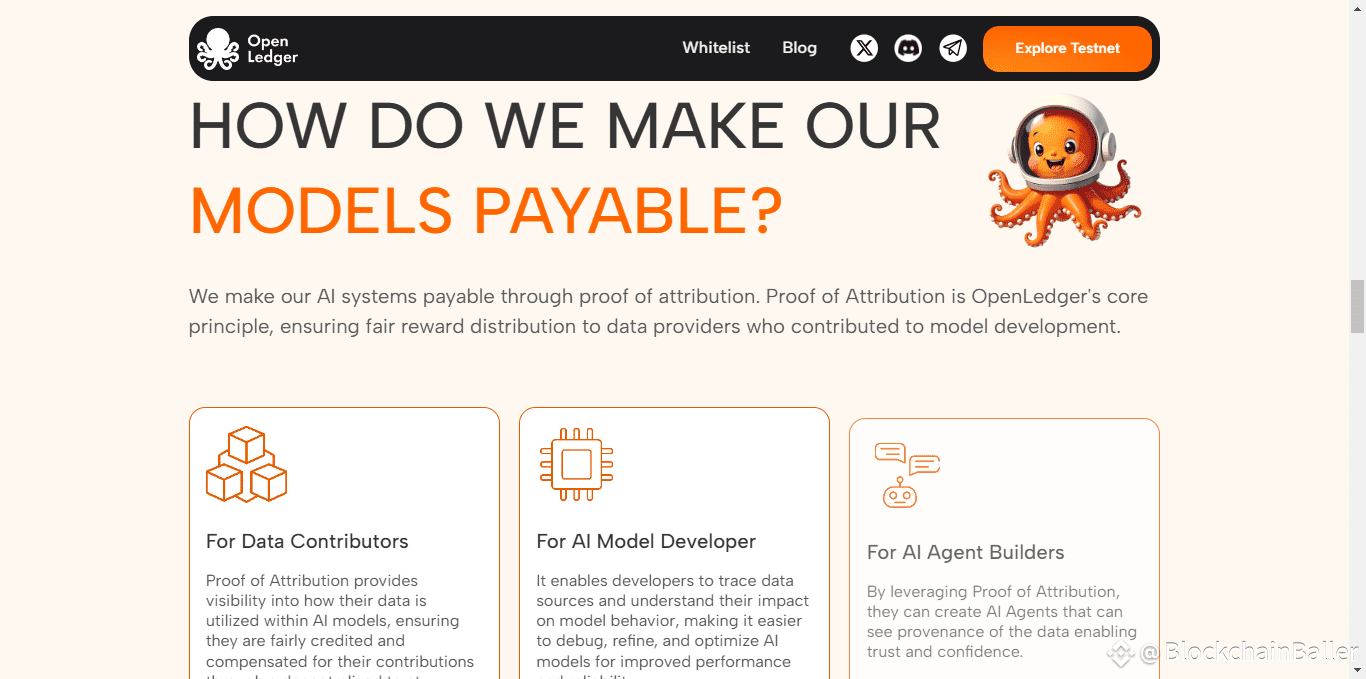
This structure ensures that value flows where contribution occurs. It transforms the AI economy from a one-way pipeline into a living network of collaboration and reward.
Unlocking Liquidity for Data and Models
The AI industry has always been built on valuable but illiquid assets — data and algorithms that sit unused in corporate vaults. OpenLedger introduces liquidity into this equation.
Through tokenization, datasets, models, and even AI outputs become tradable digital assets. A developer can issue a token representing ownership of a neural network, allowing others to access or rent it for a fee. A researcher can upload a dataset, define how it can be used, and receive automated compensation every time it contributes to model training.
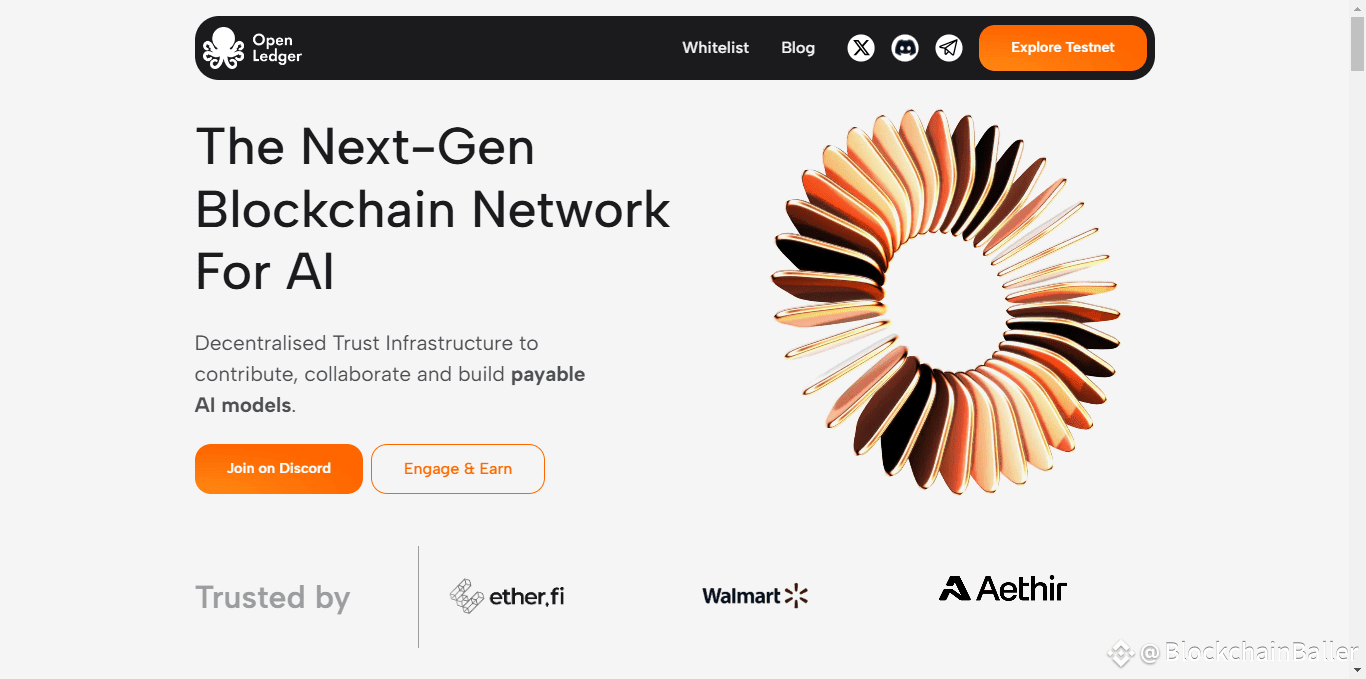
This creates an open marketplace for intelligence, where data becomes capital and algorithms become commodities. It’s an entirely new asset class — measurable, transferable, and transparent — powered by the blockchain.
Bringing Transparency and Accountability to AI
One of the greatest criticisms of modern AI is its lack of transparency decisions made by models are often untraceable and unverifiable. OpenLedger addresses this directly by bringing AI operations on-chain.
Every dataset, training process, and model interaction is recorded on a tamper-proof ledger. This ensures full traceability from data origin to deployment. Developers can see where models came from, how they were trained, and how they perform.
This transparency turns AI into a system of verifiable trust. It eliminates the “black box” problem and gives users the ability to audit results, inspect logic, and ensure compliance all without relying on centralized oversight.
By putting AI’s decision-making under the microscope of blockchain transparency, OpenLedger ensures fairness, safety, and accountability.
AI Agents: The Autonomous Builders of Web3
At the core of OpenLedger’s vision lies the AI agent autonomous entities capable of reasoning, execution, and collaboration across networks.
These agents are not simple bots. They are intelligent digital workers capable of owning wallets, executing transactions, analyzing data, and even negotiating with other agents.
Within OpenLedger, these agents interact directly with smart contracts and decentralized protocols, creating an autonomous machine economy that operates around the clock.
Imagine AI agents trading information, running predictive models, or managing liquidity — all without human supervision. This is the emerging world of intelligent, autonomous blockchain infrastructure — powered and coordinated by OpenLedger.
Layer 2 Scalability for AI Computation
AI workloads require immense computational resources and speed. To meet these demands, OpenLedger integrates Layer 2 scaling solutions, enabling faster throughput and lower transaction costs.
This architecture allows for real-time inference, model updates, and AI-to-AI interactions, all within a decentralized framework. It ensures that as the ecosystem grows with more data, agents, and participants the network remains fast, scalable, and efficient.
Through Layer 2 compatibility, OpenLedger delivers a balance of performance and decentralization, making it viable for enterprise-scale AI applications and consumer-grade experiences alike.
DeFi Meets AI: A New Financial Layer for Intelligence
OpenLedger doesn’t just tokenize AI it financializes it. Its decentralized finance layer enables users to stake, lend, or borrow against AI-related assets.
Developers can stake tokens to access premium computational power or datasets. Data providers can deposit assets into pools that fund training workloads, earning yield from model usage. Investors can support AI startups and share in their tokenized revenue streams.
This design integrates liquidity into the heart of the intelligence economy. It turns data, computation, and algorithms into income-producing digital instruments, blurring the line between DeFi and AI.
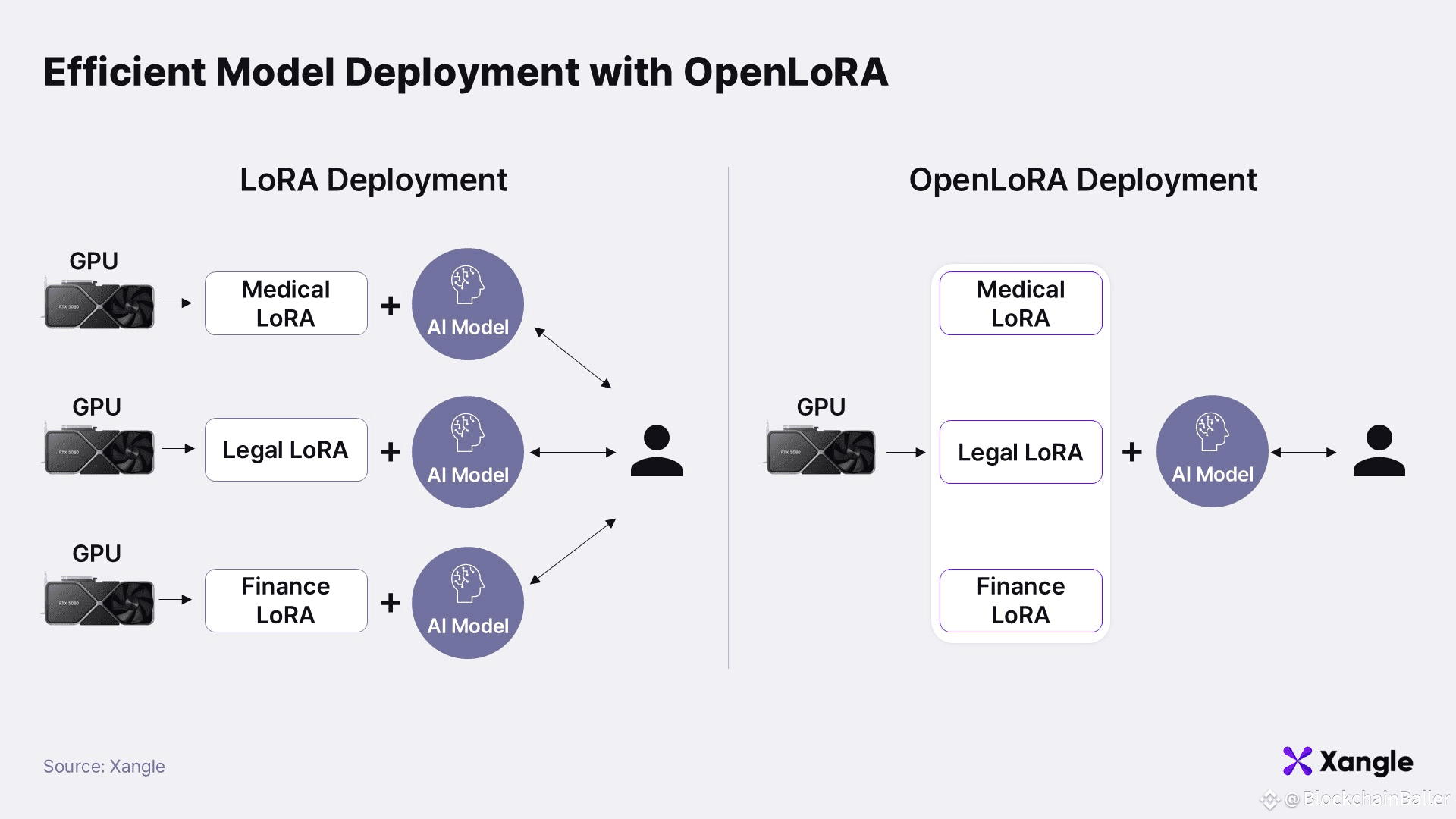
Decentralized Governance and Open Participation
True decentralization requires collective stewardship. OpenLedger empowers its community through on-chain governance, giving token holders voting rights over network upgrades, protocol changes, and cross-chain integrations.
This ensures that OpenLedger evolves under the guidance of its ecosystem — not a central authority. Developers, users, and investors all have a say in how the network grows and adapts to technological and regulatory shifts.
Governance transparency reinforces the platform’s mission: an AI economy that is open, participatory, and aligned with the interests of its users.
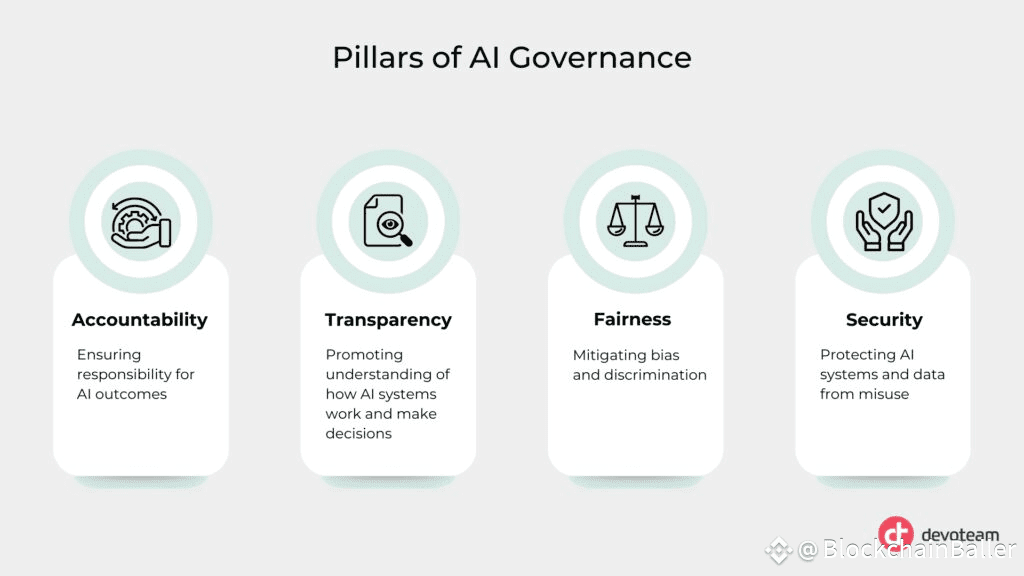
Transformative Use Cases Across Industries
The potential applications of OpenLedger span every major sector.
In finance, AI agents can autonomously manage portfolios, assess credit risk, and execute on-chain trading strategies. In healthcare, decentralized models can train on sensitive data without exposing patient identities.
In logistics, intelligent agents can coordinate global supply chains with real-time optimization. In entertainment and media, creators can monetize AI-generated content through token-based ownership and automated royalty distribution.
Each use case underscores OpenLedger’s mission — to make AI not just a tool, but an economic network of collaboration, creativity, and ownership.
Ecosystem Expansion Through Partnerships
OpenLedger’s success depends on collaboration. The platform is actively building partnerships across AI research institutions, blockchain developers, and data marketplaces to expand its reach and liquidity.
Every new partner brings additional assets, intelligence, and opportunities to the network. As the ecosystem grows, OpenLedger becomes richer — more data, more models, more interaction — driving exponential value creation for participants.
This network effect ensures that OpenLedger’s growth is organic, sustainable, and community-driven.
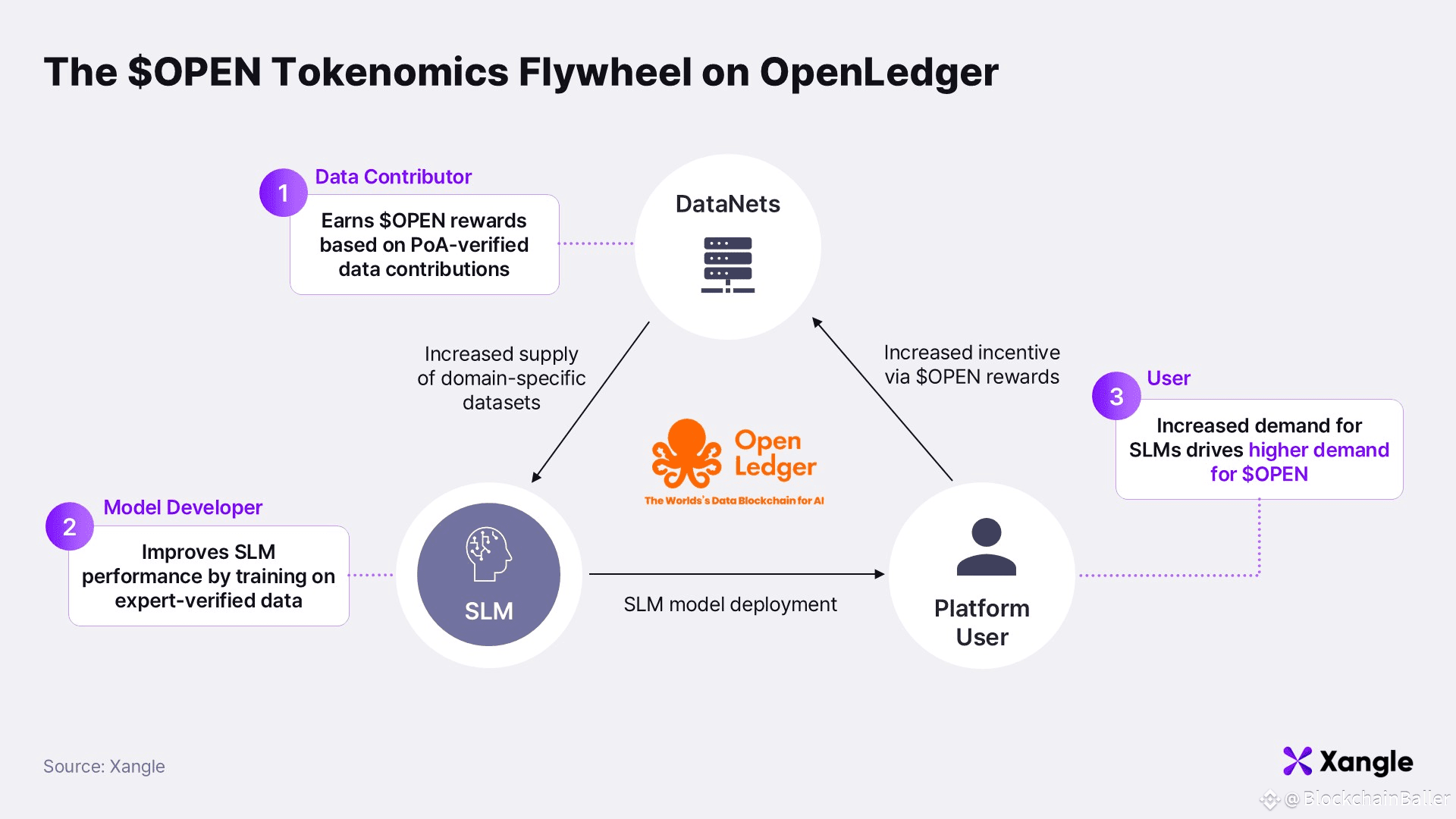
Challenges and Commitments
As with any pioneering innovation, challenges exist. Balancing privacy with transparency, ensuring compliance across jurisdictions, and preventing model exploitation remain ongoing priorities.
OpenLedger addresses these through verifiable computation, encrypted storage, and open-source audits, maintaining the highest standards of trust and security.
Its development is public and peer-reviewed, ensuring continuous improvement and collective oversight — a foundation for long-term credibility and safety.
Conclusion: The Chain of Intelligent Collaboration
OpenLedger stands at the intersection of two of the most transformative technologies of our time blockchain and artificial intelligence. It’s building the rails for a decentralized intelligence economy, where data, models, and agents move freely, transparently, and profitably.
By transforming AI into an open, tokenized, and verifiable ecosystem, OpenLedger redefines how intelligence is created, owned, and traded.
This is not the next phase of blockchain it’s the next evolution of value itself.
In the world OpenLedger envisions, every byte of data, every algorithm, and every agent has measurable worth secured by blockchain, empowered by AI, and shared by all.
The age of intelligent finance has begun and OpenLedger is the chain that will power it.




